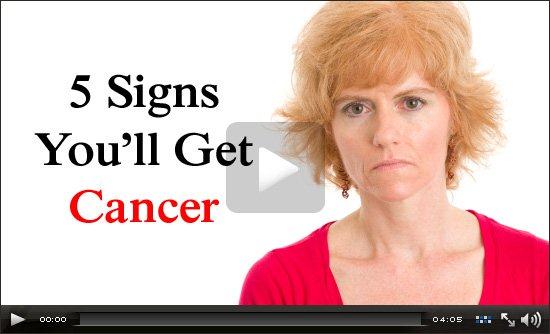18 Million Cancer Survivors Expected by 2022

An aging population coupled with improved treatment methods mean more people will survive cancer. But at what cost?
The American Association for Cancer Research (AACR) released its second Annual Report on Cancer Survivorship, which shows that the current 13.7 million cancer survivors in the U.S. will likely swell by 31% to 18 million by the year 2022.
Some of the rise is due to the aging population; the risk of the most common cancers, including breast, prostate and lung, increases with age, and the researchers estimate that two-thirds of cancer survivors will be over the age of 65 in 2020. But advances in early detection and treatment are also contributing to helping people are live longer after diagnosis.
Using two government-funded databases, the Surveillance, Epidemiology and End Results Program and the U.S. Census Bureau’s population projections, the scientists estimate that women with breast cancer will make up 22% of cancer survivors in coming decades, while men with prostate cancer will make-up another 20%. Patients with lung cancer, however, may account for only 3% of survivors, reflecting still-nascent efforts to successfully treat the disease.
While the survival trend is encouraging, it may come at a price. Cancer survivors generally have twice the annual medical costs that patients without cancer do, because of they need routine monitoring for recurring tumors, as well as for side effects from their treatment or long term effects of their disease. Cancer drug shortages are also becoming more common, and the high demand for cancer-related care could overwhelm the current supply of oncologists. “The growing number of older survivors also presents a unique challenge to the healthcare system because older cancer survivors are more likely to have multiple chronic diseases and tend to experience poorer physical functioning than younger survivors,” the authors write.
(MORE: A Shot at Cancer)
The cost of cancer care will also continue to rise in tandem with the number of survivors. According to the report, it is estimated that population growth will increase the cost of cancer care by 27% by 2020. The authors write:
To address some of the issues the growing population presents, the researchers proposed the following recommendations:
- Improve methods for delivering long-term follow up care: Few studies adequately analzye the best ways to evaluate and monitor side effects and long term effects of cancer treatments, and the researchers say more data is needed to evaulate the most cost effective strategy for keeping cancer survivors healthy.
- Collect long-term clinical, psychosocial, and behavioral data from adult cancer survivors: In order to find the most effective ways to care for patients, more data is needed to identify best practices.
- Exploit electronic health care records and other technologies to coordinate and improve survivors’ care: With the growth in electronic medical records (EMR) and personal health records, researchers can begin to capture important biological and self-reported data in real-time, and determine if acting on patterns and trends in these records can improve care.
- Improve palliative care: Research has shown that addressing pain, discomfort and other cancer-related symptoms with interventions such as massage, group therapy sessions and meditation, can improve quality of life and lower health care costs of cancer patients.
“How to ensure that these patients lead not only long lives, but healthy and productive lives, will be a vital challenge to all of us,” said Julia Rowland, the director of the Office of Cancer Survivorship at the National Cancer Institute in a statement.
The report is published in the AACR’s journal Cancer Epidemiology, Biomarkers & Prevention.
Read more: http://healthland.time.com/2013/03/27/18-million-cancer-survivors-expected-by-2022/#ixzz2Si63NZSo

